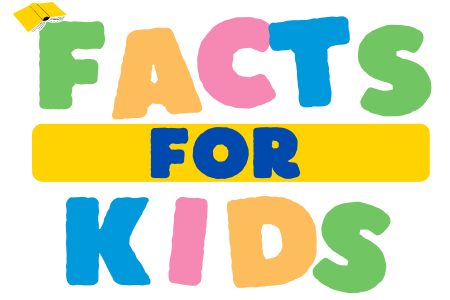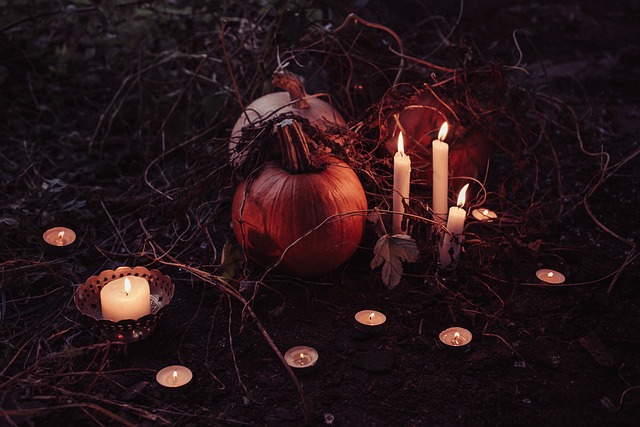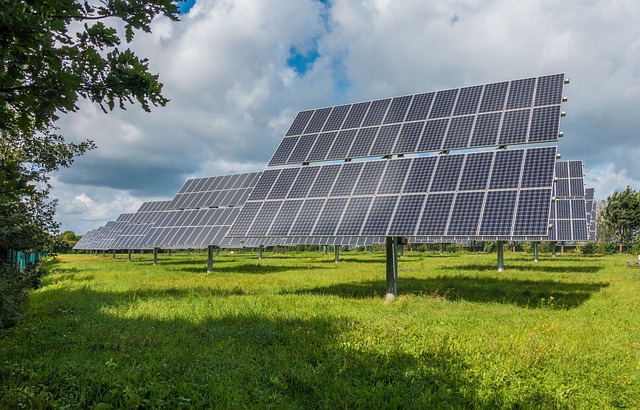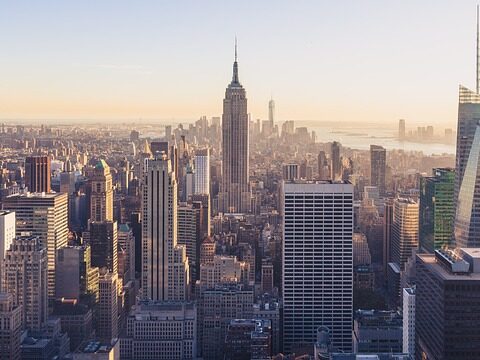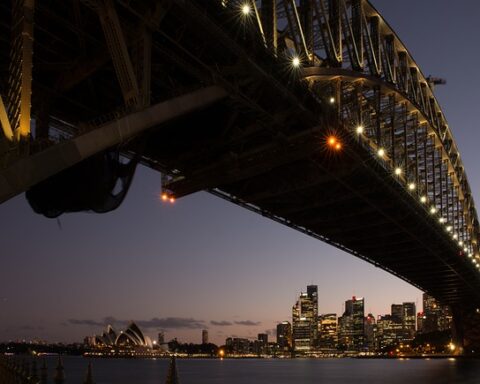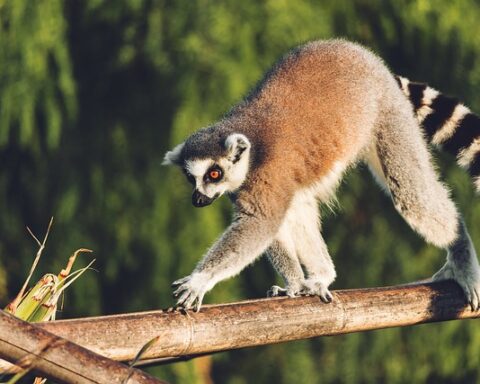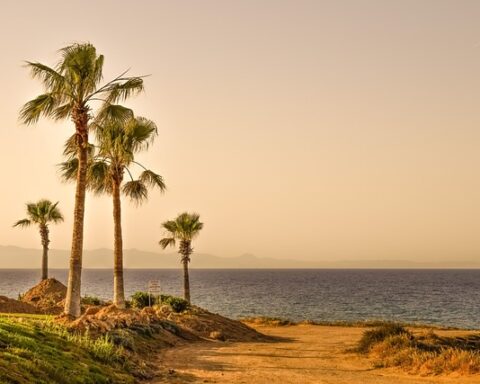France, the largest country of Western Europe accommodates a population of 65 million residents as of 2011. Officially named Repeublique Francaise, the French Republic, the country’s government is a unitary semi-presidential Republic. This ancient country was populated by Gauls in 500-700 BC and was a part of the Roman Empire until 476 AD. Governed by a long line of monarchs, the country finally became a democracy in the bloody revolution of 1789. The country has been a stage of world politics for centuries. It is the most visited country in the world, attracting almost 81 million tourists in the year 2012. Such a country would undoubtedly have interesting information that children would find interesting. You would be amazed to read all these facts about France for kids.
France Facts For Kids
Big rocks:
Mont Blanc is the highest mountain in the European Union. At a height of 4,810 meters, it oversees the Graian Alps. It is located on the border of France and Italy. Chamonix a developed urban city lies near the base of the mountain. Every year events such as Black Weekend, Chamonix Adventure Festival, Marathon Du Mont-Blanc and the famous Tour De France are conducted in the city. As a major tourist hotspot, the Mont Blanc deserves a highlight.
Iron tower:
The Eiffel tower is arguably amidst the most notable attractions of Europe. Standing a height of 323 meters, it is approximately equal to a seventy story building. Nicknamed the “Iron lady” by French architects, it was constructed in 1889.
Learn more: Eiffel Tower Facts for Kids
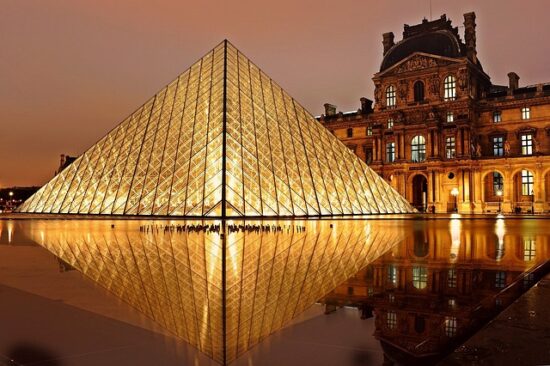 Louvre Museum:
Louvre Museum:
Originally built as a fortress in 1190, it was reconstructed in the 16th century as a royal palace. In 1793, Louis XIV declared it as an art museum to display the royal collection of artifacts. With more than eight miles of galleries, the museum displays Greek sculptures, Egyptian antiques, Roman paintings, crown jewels and artwork of the Old Masters. More than 35,000 works are on display at any given time. The most famous work of art is Leonardo da Vinci’s Mona Lisa without a doubt.
Revolutionary heroes:
Marseillaise, the French national anthem of France is renowned worldwide. Written by Claude Joseph Roget de Lisle in 1792, it was originally sung by soldiers who arrived from Marseilles to Paris to strengthen the Revolution of 1789 against the monarchs. An ode of freedom of the people, the song was sung again and again until it became the national anthem.
Napoleon:
Home of the great French political leader Napoleon Bonaparte, French history is hand in hand with this man. He was born in Corsica in 1769. He reformed the French constitutional framework to gain control of the French Empire, which he did in 1904 when he finally declared himself the Emperor after toppling over the government. After his defeat in the historic Battle of Waterloo in 1815, he was exiled from his home country. As a decorated French war hero, many monuments have been dedicated to him placed in the Les Invaildes.
Learn more: Arc De Triomphe Facts For Kids
Big gifts:
Interestingly, the American symbol of Democracy, the Statue of Liberty wasn’t made in USA, but France! Created by the celebrated sculptor Fredric Auguste Barthold, the statue was national gift from France to USA on its 100th anniversary of independence. The statue’s face was modeled after Isabelle Boyer, the wife of Issac Singer, a renowned manufacturer of sewing machines. The statue was completed after 9 years of laborious work and presented to the American people on the fourth of July 4, 1884.
Geniuses: France facts for kids
France is famous for the intellectuals it has produced over the years. With a total of 65 Nobel Prizes, it has won more prizes in literature than any country in the world in literature.
Country of love:
France is known globally as a country of love for its exotic scenery, friendly sidewalk cafés and great boulevards. A kiss on the cheek is a casual form of greeting. In Corsica, people kiss up to 5 times on average per day.
Invented the internet:
The French invented the early version of the internet known as Minitel. It is considered to be the most successful pre-world wide web online service. At the end of 1999, 25 of 60 million French citizens utilized its services to pay bills, shop online, access phone directories, mail letters and purchase airline tickets.
Need for speed:
The French GTV is argued to be the fastest train in the world. Accelerating with an average speed of 263.3 kilometers per hour from station to station, the train holds its record since 2007. The train is capable of picking up its speed up to 575 km/h. It also holds a world record for endurance on long distance travels, running from Calais to Marseille in 3 hours, 29 minutes. The train travelled a distance of 1067 kilometers in a very small time frame.
Kids would find the above facts really interesting. No wonder the country has fascinated people across the globe to travel and visit this amazing land. If you are curious enough to know more about France or want develop the very same enthusiasm in others, try sharing these facts with them. Friends and family come first as always.
The largest country in western Europe,France stretches from Pyrenees in south to the English Channel in the north.A founder member of the European Economic Community (now European Union), France plays a key role in world affairs.It is a leading nation,although some five percent of the population works in farming. The first of modern republics, France includes Corsica , Guyana, and various islands in the Caribbean and Pacific Ocean.
History of the Franks
France has dominated European history ever since the Franks conquered the country in the 5th century.Its vast natural wealth and large population have enabled a succession of rulers, such as Charlemagne in the 9th century, Louise XIV in the 17th and Napoleon in the 19th, to create powerful empires that spanned Europe.
Despite three bitter wars with Germany between 1870 and 1945, France emerged as one of the world’s superpowers.
Renaissance:
Joan of Arc, who fought the English for independence, was burnt at the stake in 1431.Suring the 15th Century, the French king drove out the English, and united their country.Also crushed the power of nobles.The next century was privileged by the fresh ideas of renaissance.
Bourbons:
Under the Bourbon kings, France emerged as the major power in Europe during the 17th century.
Habsburg-ruled Spain and Austria – enemies of France- were defeated, and all power was centralized under the king.
Industry and commerce were supported, and France established colonies in North America and India.
Palace of Versailles:
In order to increase his own power and reduce that of the nobility, Louise XIV built this vast new palace outside Paris.
Timeline for the state:
59-81 BC: Gaul (present day France) becomes the part of the Roman Empire.
AD 468: The Franks take control of the country.
1337-1453: France and Britain fight the Hundred Years’ War.
1589: Henry IB becomes first Bourbon king.
1643-1715:France reaches height of its power under Louis XIV
1789: Revolution breaks out in Paris.
1848: After a revolution, the short – lived second Republic is established.
1870-71: Third Republic set up after internal indifference among moderates, radicals, socialists, and royalists.
1914-18:France fight Germany in world war I.
1946:Fourth republic established after world war II.
1958: De Gaulle takes power and introduces fifth republic.
1950s-1990s: France is a leading member of European Union.
Physical features:
France’s landscape varies from undulating fields in the north to sparse hills in the Massif Central, and mountains in the Alps and Pyrenees to the south separating it from Spain.
Northwest France, particularly Brittany, is mild but damp. The east has hot summers and stormy winters. Summers in the South are hot and dry with forest fires being a common scene.
In the mountain ranges like Pyrenees and Alps snowfall is heavy making it ideal for skiing.
Corosia is the third largest Mediterranean island.Fragrant, thorny scrub called maquis covers the slope of towering granite peaks, and rich fertile valleys are used to graze sheep and grow vines.
From its source in the east, the River Seine crosses Paris, before winding its way north to the Atlantic Ocean. France’s river network which also includes the Loire and the Rhone is used for transport and for irrigating farmland.
People and industry of a strong economy
People of France descent make up about 94 percent of the population.Among these are several groups who speak their own language and have strong independence movements.
Transport:France boasts the world’s fastest train, the TGV, which can travel at speed upto 300 Kmh. A direct service now runs to England via the Cannel Tunnel.
Learn more: England Facts
Car production: Most French drivers buy French cars such as Renault Espace. Other makes include Peugeot and Citroen.
The French car industry ranks fourth in the world.
Tourism: the fashionable resorts of the Cote d’Azur in southeast France attract thousands of tourists every summer.France is now the world’s leading tourist destination, attracting 75 million visitors every year.
Farming:The French grow a variety of crops, such as wheat , barley, sugar beet and grapes for making wine.About a third of all farmland is pasture land.
Cities attracting tourists
Paris:The lourve Museum lies on the fashionable right Bank of the River Seine, which divides the city. Symbols such as the Eiffel Tower, the Louvre, the Cathedral of Notre Dame, the Latin Quarter, Montmartre, and the Georges Pompidou Center emerges Paris one of the most visited places in the world.
Chartres Cathedral: The near about perfectly preserved Chartres Cathedral in the city of Chartres is one of the finest examples of the French High Gothic style.
Its notable that France’s five million immigrants include mainly North Africans Muslims and economic migrants from south and Central Europe.Most live and work in the cities.
Industry: France has a strong chemical, steel, electronics and manufacturing industries, and an active aerospace programme.
Nuclear power provides three-quarters of the country’s electricity.Perfume and fashion are also majot source of income.
Perfume: French perfumes such as Chanel. Are world renowned.Many are made from the fragrant oils extracted from rose, jasmine, and lavender that grow in the southeast of the country.
